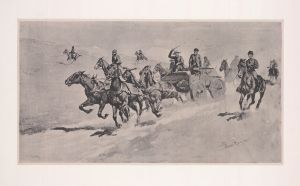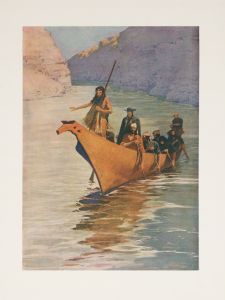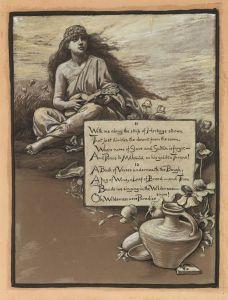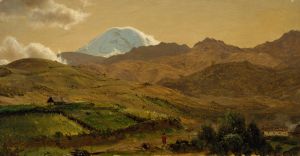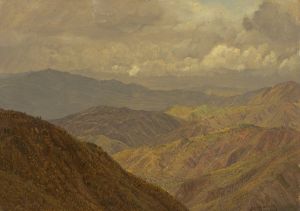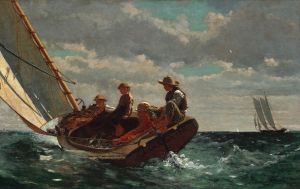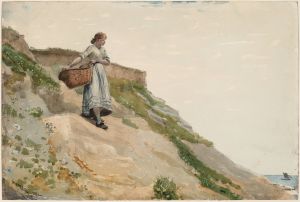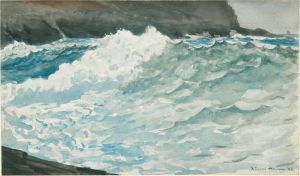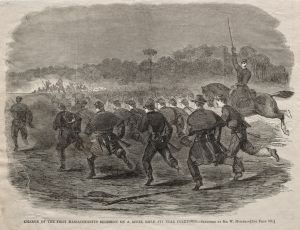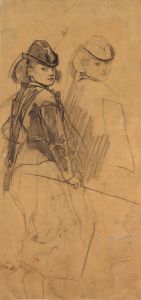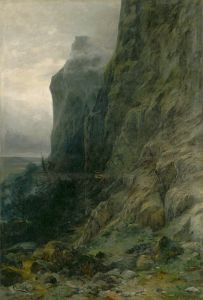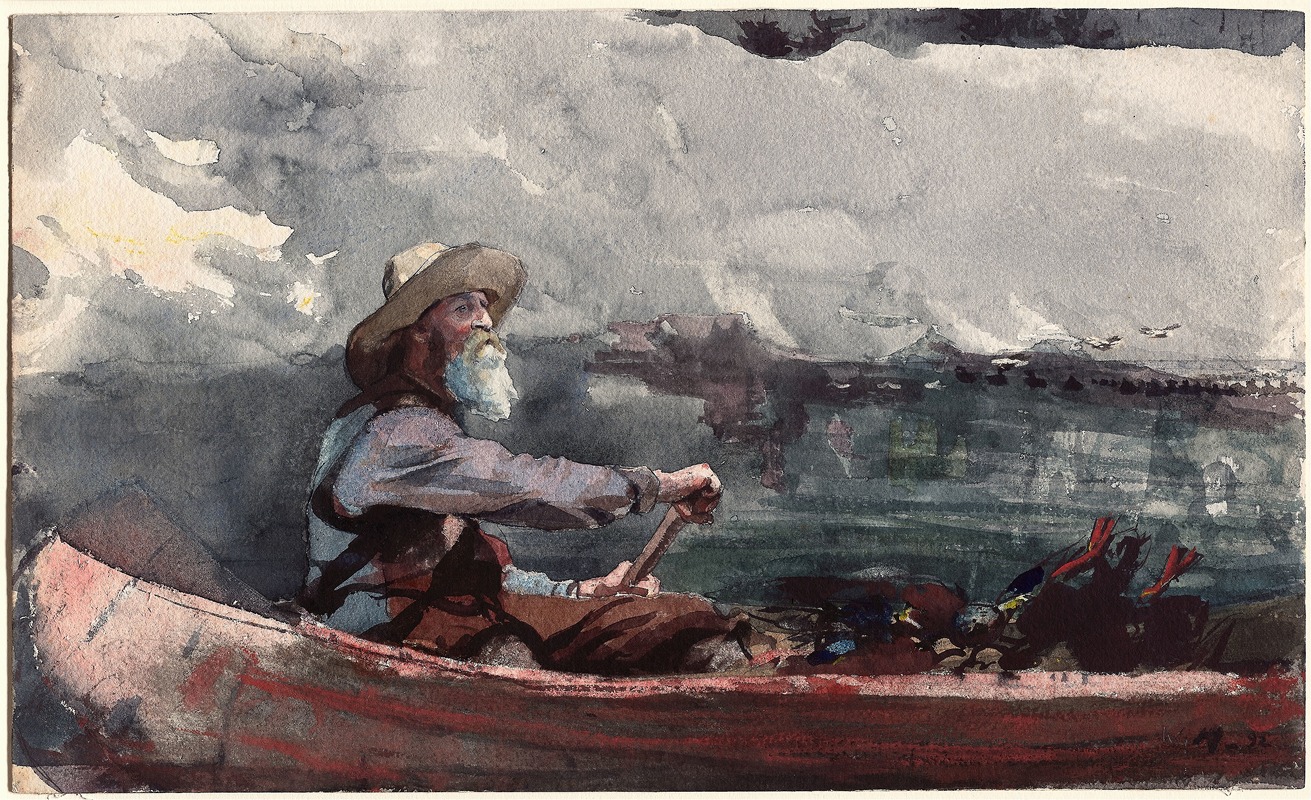
Adirondacks Guide
A hand-painted replica of Winslow Homer’s masterpiece Adirondacks Guide, meticulously crafted by professional artists to capture the true essence of the original. Each piece is created with museum-quality canvas and rare mineral pigments, carefully painted by experienced artists with delicate brushstrokes and rich, layered colors to perfectly recreate the texture of the original artwork. Unlike machine-printed reproductions, this hand-painted version brings the painting to life, infused with the artist’s emotions and skill in every stroke. Whether for personal collection or home decoration, it instantly elevates the artistic atmosphere of any space.
Winslow Homer’s Adirondacks Guide is a watercolor painting created in 1894 by the renowned American artist, who is widely celebrated for his depictions of American landscapes and scenes of everyday life. This particular work reflects Homer’s deep engagement with nature and his ability to capture the rugged beauty of the American wilderness. The painting is part of Homer’s later body of work, during which he focused extensively on outdoor themes and the relationship between humans and the natural environment.
The subject of Adirondacks Guide is a guide, a figure commonly associated with the Adirondack Mountains in upstate New York, a region that became a popular destination for outdoor enthusiasts in the late 19th century. The guide is depicted in a canoe, navigating a serene body of water surrounded by lush greenery. Homer’s use of watercolor in this piece demonstrates his mastery of the medium, with delicate washes and bold strokes that convey the play of light and shadow on the water and the surrounding landscape. The painting captures a sense of solitude and harmony with nature, themes that are recurrent in Homer’s work.
Homer’s connection to the Adirondacks was part of a broader cultural movement during the 19th century, when the region became a symbol of the American wilderness and a retreat for those seeking respite from urban life. The Adirondack guide, as a figure, represented self-reliance, expertise in navigating the wilderness, and a connection to the untamed natural world. Homer’s portrayal of the guide in this painting reflects these qualities, emphasizing the individual’s role within the vast and tranquil landscape.
The painting is notable for its composition and technique. Homer employs a low vantage point, placing the viewer at water level, which enhances the immediacy of the scene. The reflections on the water are rendered with precision, showcasing Homer’s skill in capturing the ephemeral qualities of light and atmosphere. The muted color palette and the careful balance of detail and abstraction contribute to the painting’s evocative mood.
Adirondacks Guide is part of Homer’s extensive exploration of outdoor themes, which include other works set in the Adirondacks as well as in coastal Maine, where he spent much of his later life. The painting is held in the collection of the Art Institute of Chicago, where it continues to be appreciated as an example of Homer’s ability to merge technical skill with a profound sensitivity to the natural world.





